Why Makar Sankranti Is Celebrated: A Cultural Extravaganza
Makar Sankranti, one of India’s most vibrant festivals, is an annual celebration that marks the transition of the Sun into the zodiac sign of Capricorn (Makara). Falling typically on January 14th, this event is not only a celestial phenomenon but also a symbol of prosperity, renewal, and unity. For any tourist, experiencing Makar Sankranti is akin to stepping into a cultural kaleidoscope that showcases India’s diversity and heritage.

The Astronomical and Agricultural Significance of Makar Sankranti
Makar Sankranti signals the end of the harsh winter solstice and welcomes longer, warmer days. Agriculturally, it is a harvest festival celebrated with gratitude for the bounty of nature. It coincides with the harvest of Rabi crops, making it a joyous occasion for farmers. The festival is observed across India with diverse traditions and names, including Pongal in Tamil Nadu, Uttarayan in Gujarat, and Magh Bihu in Assam.
Lohri: The Vibrant Prelude to Makar Sankranti

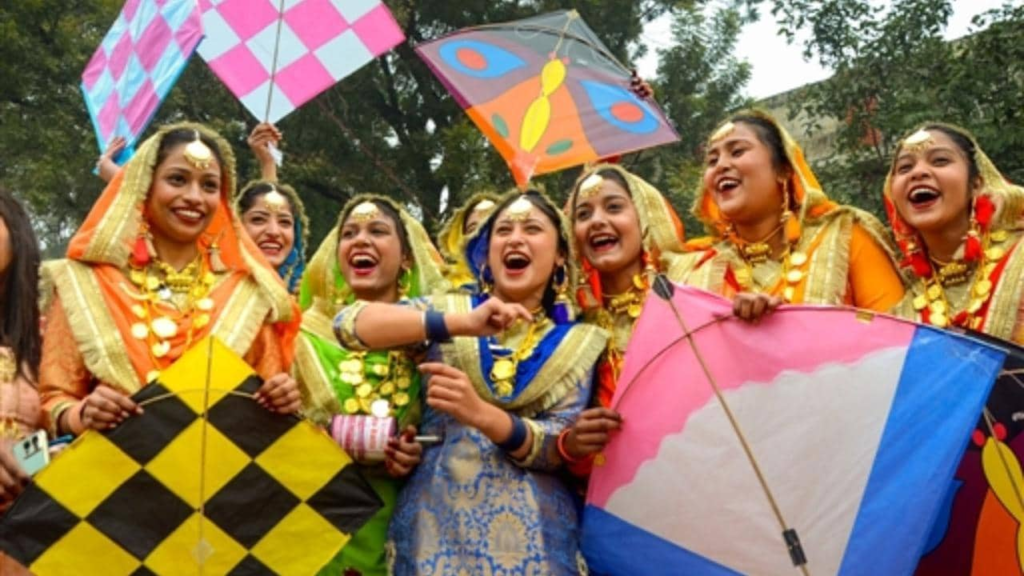
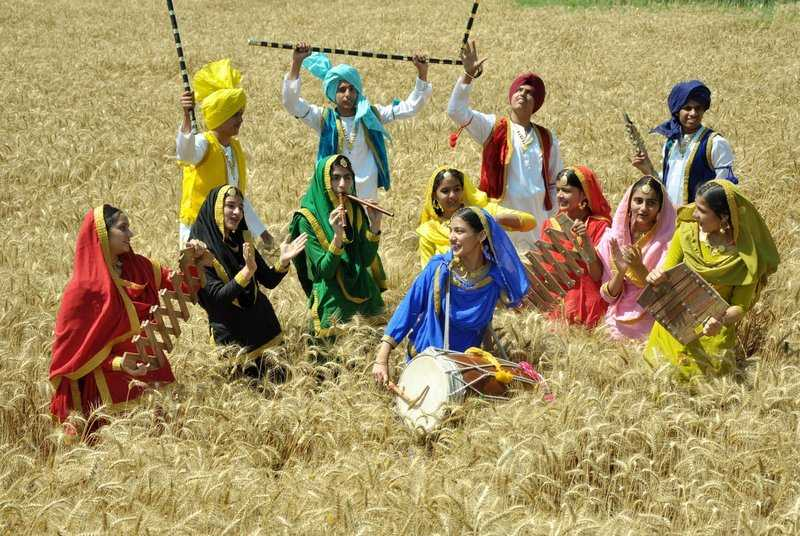
Lohri, celebrated on January 13th, is particularly prominent in Punjab and Haryana. This festival marks the harvest of sugarcane and wheat and involves a communal bonfire. People gather to dance to the beats of dhol (traditional drum), sing folk songs, and enjoy traditional delicacies like jaggery sweets and roasted sesame seeds. Lohri sets the festive tone for Makar Sankranti and is a must-experience event for anyone keen on understanding Punjabi culture.
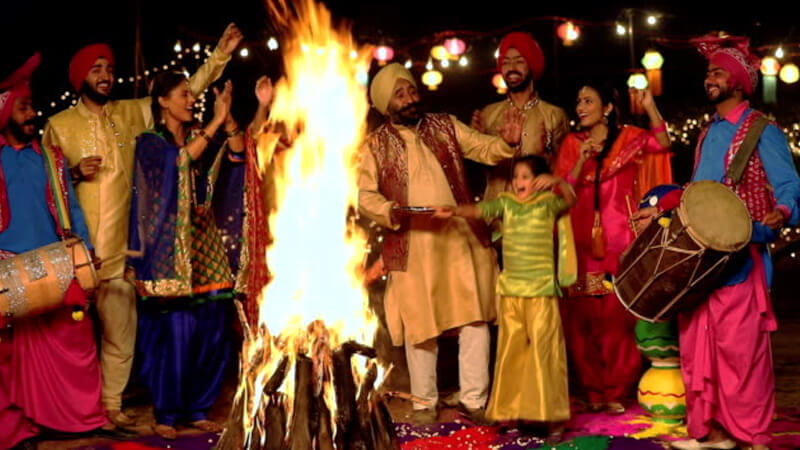
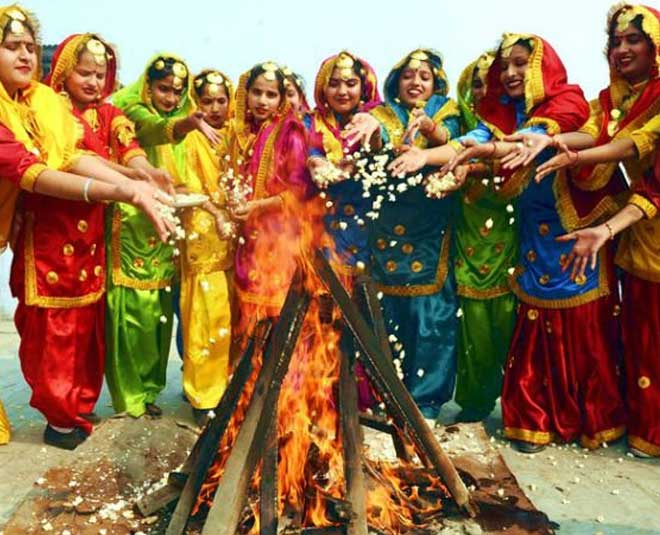
Key Regional Celebrations of Makar Sankranti
- Gujarat – Uttarayan and Kite Flying
In Gujarat, Makar Sankranti transforms the skies into a vibrant canvas with millions of kites. The International Kite Festival in Ahmedabad draws tourists from around the globe, offering a spectacular display of artistry and skill.
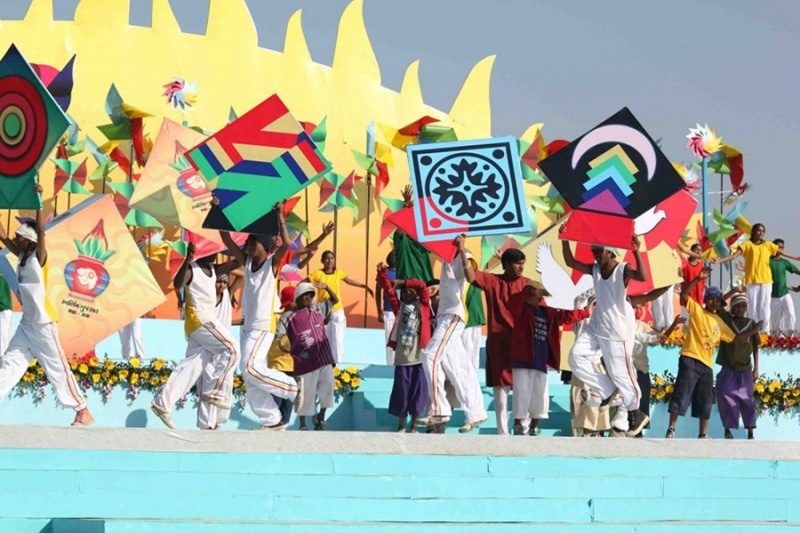
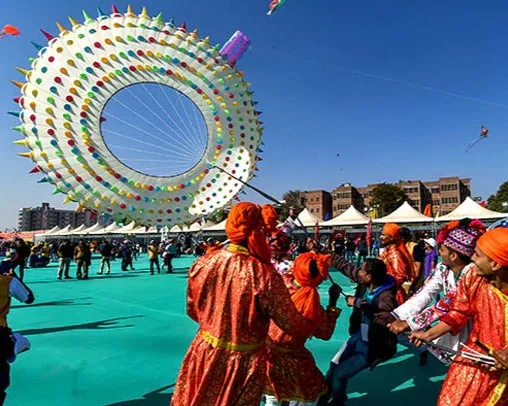
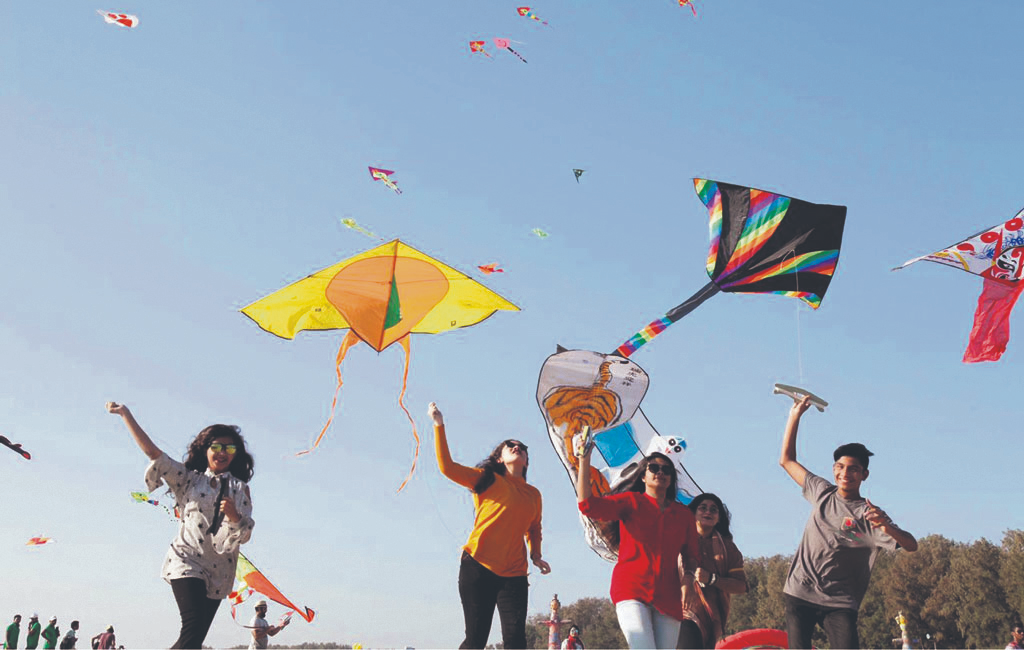
- Tamil Nadu – Pongal
Pongal is a four-day festival that includes rituals like boiling milk until it overflows (symbolizing abundance) and preparing sweet rice known as ‘Pongal.’ Traditional kolam (rangoli) adorns the entrances of homes, adding to the festive charm.
- Maharashtra – Tilgul and Social Bonding
Maharashtrians exchange sesame and jaggery sweets with the saying “Tilgul ghya ani goad-goad bola” (“Take these sweets and speak sweetly”). This tradition fosters harmony and goodwill.
- Bihar and Jharkhand – Festive Feasting
In Bihar, locals prepare delicacies like dahi-chura (curd and flattened rice) and tilkut (sesame sweets). Ritual bathing in rivers such as the Ganges is considered auspicious.
- West Bengal – Poush Sankranti and the Ganga Sagar Mela
West Bengal hosts the Ganga Sagar Mela, where pilgrims converge at the confluence of the Ganges and the Bay of Bengal to take a holy dip. The mela is a vibrant gathering showcasing Bengal’s cultural diversity.
Practical Tips for Experiencing Makar Sankranti
- Plan Ahead: Book accommodations in advance, especially in popular destinations.
- Try Local Delicacies: Indulge in region-specific treats like tilgul, Pongal rice, and sesame sweets.
- Participate Actively: Join the kite-flying competitions, dance around the Lohri bonfire, and partake in community feasts. (picture of dance around bonfire)
- Respect Local Traditions: Observe and respect the cultural nuances and religious practices associated with the festival.
Why Makar Sankranti Should Be on Your Travel Bucket List?
Makar Sankranti is more than a festival; it is a vibrant cultural experience that offers a window into India’s heart and soul. From the skies filled with kites in Gujarat to the rhythmic beats of dhol at Lohri, every region offers a unique and unforgettable experience. For international any tourists, this festival is an opportunity to connect with India’s heritage, partake in its communal spirit, and create memories that last a lifetime.



